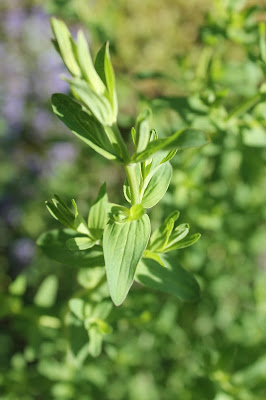I was just going through some of my older photos from my phone last night and found some treasures. The photos themselves aren't my best and my hope is to replace the photos with better ones I will take with my new camera. Unfortunately, Hurricane Irene flooded the area I found some of these treasures. I am sending lots of love to the very special spot where I found a good sized patch of Bloodroot and just one Dutchman's breeches.
"One of the biggest issues with habitat loss is the fragmentation of
plant populations. Many of our native woodland plants produce
ant-dispersed seeds: Bloodroot, Hepatica, Trillium, Bleeding heart, Wild
ginger, Trout lily, and Dutchman’s breeches are a few examples." -Juliet Blankespoor
Juliet's blog, Castanea has a wealth of information. I highly recommend it! http://blog.chestnutherbs.com/2012/cultivating-medicinal-herbs-with-a-focus-on-at-risk-woodland-medicinals/
 |
| Dutchman's breeches luciakloster©2014 |
 |
| Bloodroot luciakloster©2014 |
 |
| Trout lily luciakloster©2014 |
 |
| Red trillium luciakloster©2014 |
 |
| Painted trillium luciakloster©2014 |












